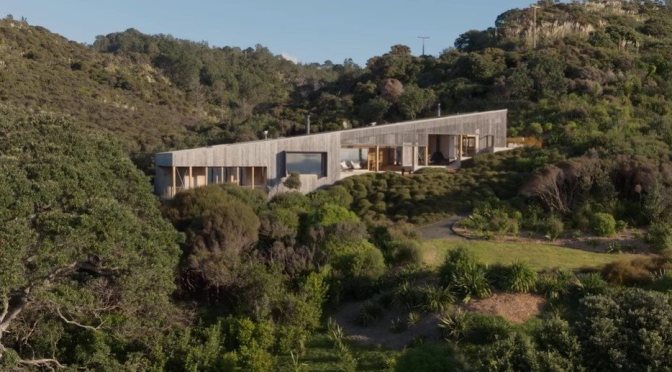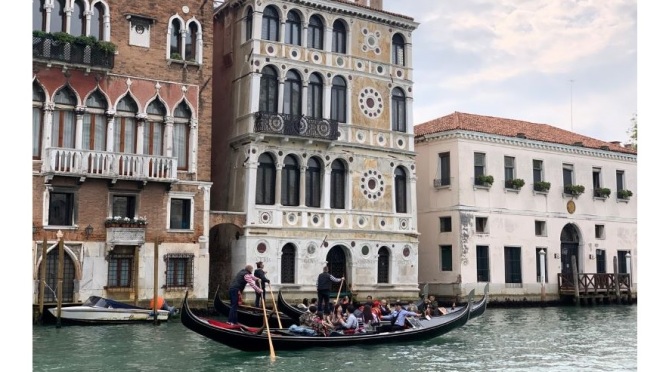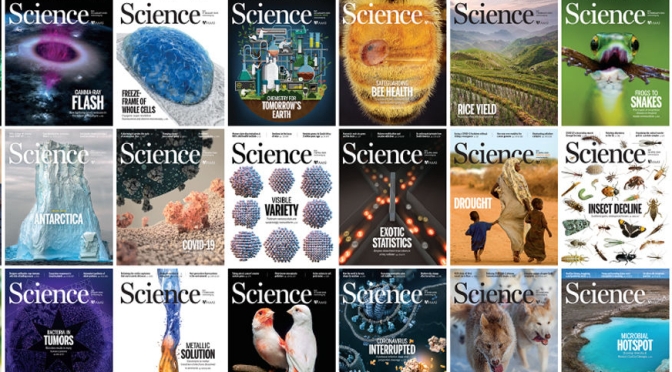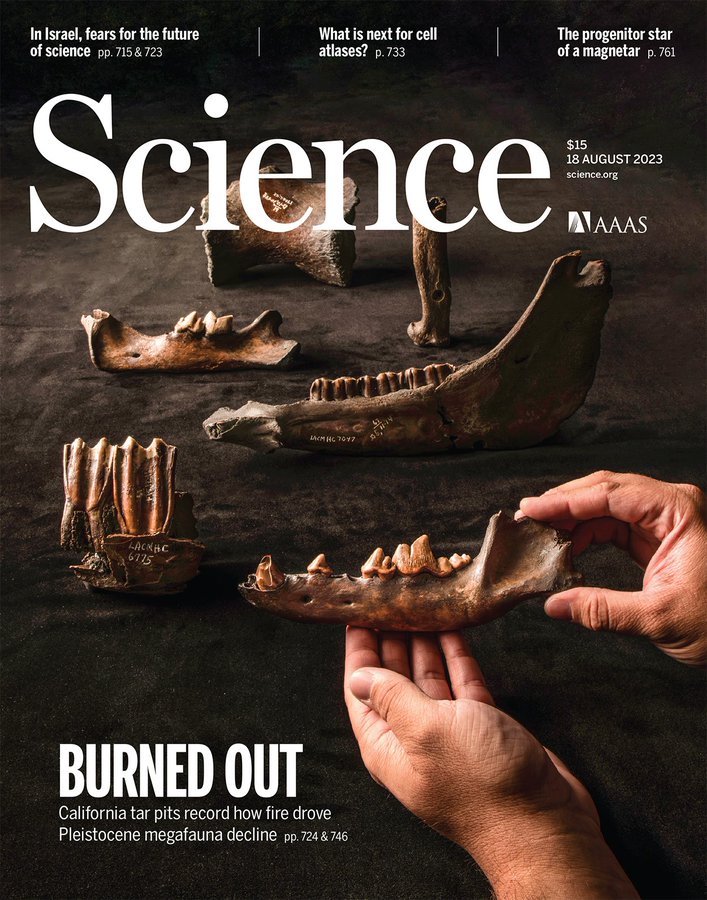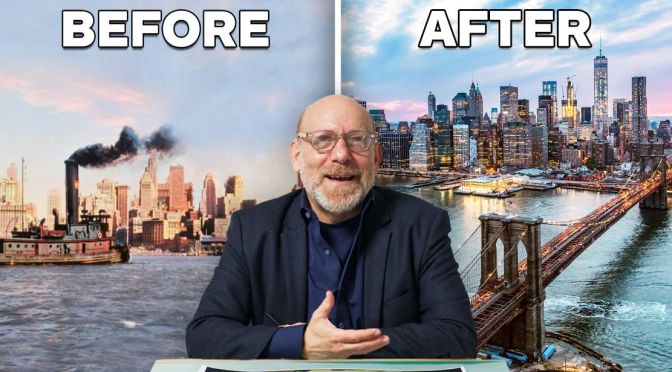
THE NEW YORK TIMES BOOK REVIEW – August 20, 2023: The issue features “never before told” narrative histories including a tale of the female botanists who surveyed the Grand Canyon in 1938, a recent biography of the 19th-century “abortionist of Fifth Avenue” and the book on this week’s cover: Prudence Peiffer’s “The Slip,” which brings into focus a thriving artistic community that existed at the southernmost tip of Manhattan in the 1950s and ’60s.
They Overcame Hazards — and Doubters — to Make Botanical History

In Melissa Sevigny’s “Brave the Wild River,” we meet the two scientists who explored unknown terrain — and broke barriers.
BRAVE THE WILD RIVER: The Untold Story of Two Women Who Mapped the Botany of the Grand Canyon, by Melissa L. Sevigny
Let’s start this story on a sun-blistered evening in August 1938. A small band of adventurers had just concluded a 43-day journey from Utah to Nevada — although perhaps “journey” is too tame a description for a trip that had required weeks of small wooden boats tumbling down more than 600 miles of rock-strewn rivers. The goal was twofold. First, to simply survive. And then, to chart the plants building homes along the serrated walls of the Grand Canyon.
At New York’s Coenties Slip, an Artist Colony and a ‘Rebellion’
Prudence Peiffer’s “The Slip” is a group biography of six visual artists and the work they created on the edge of Manhattan in the 1950s and ’60s.


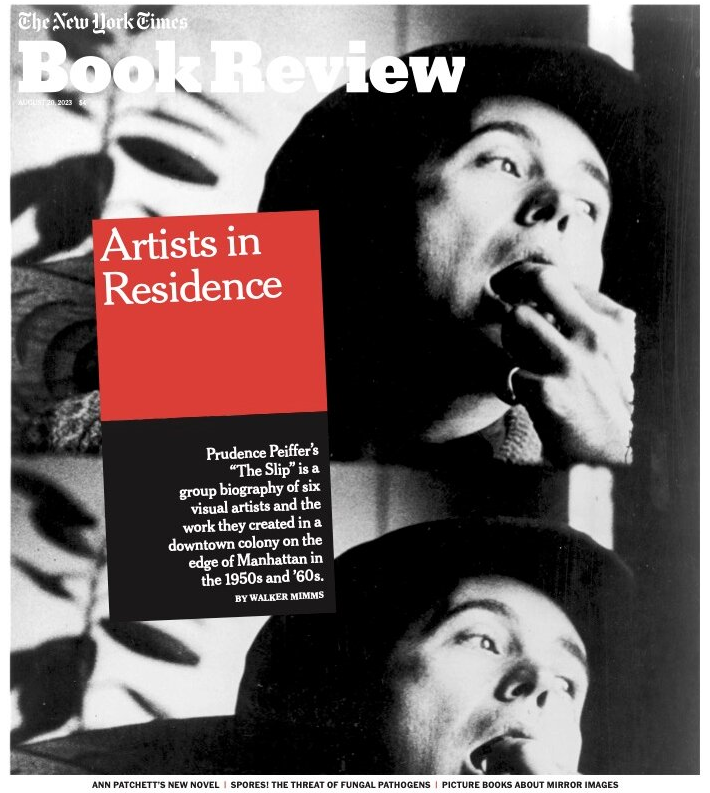

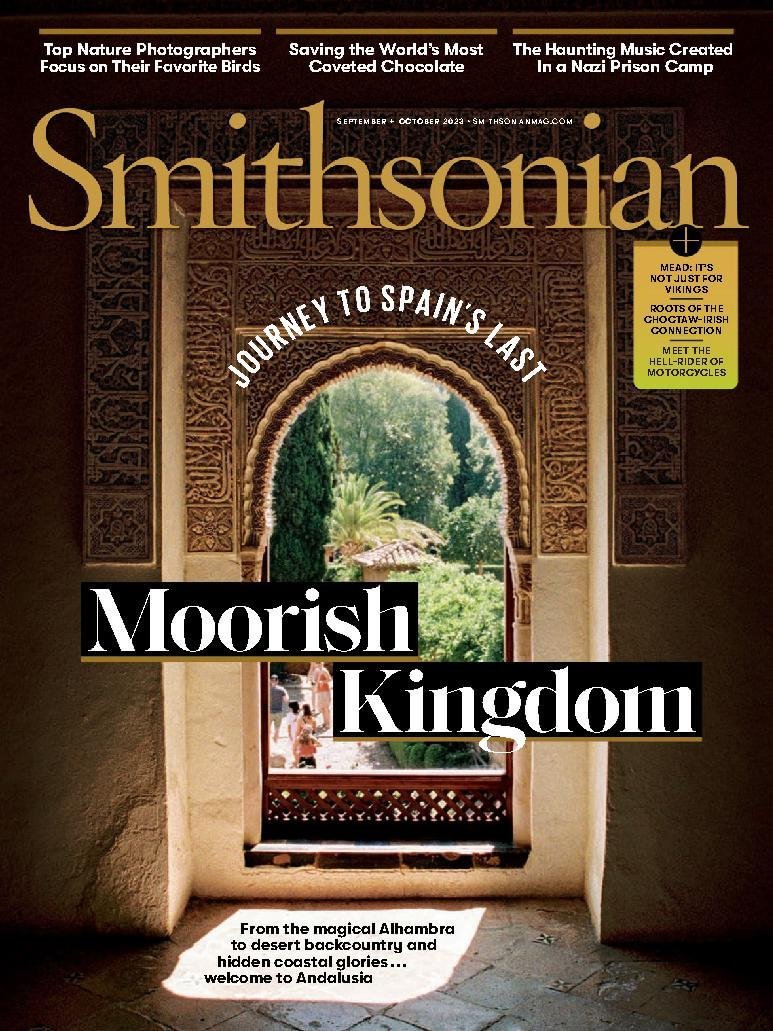
:focal(800x602:801x603)/https://tf-cmsv2-smithsonianmag-media.s3.amazonaws.com/filer_public/de/52/de526958-55af-4faf-8b79-5b58b958e09a/iceman_web.jpg)
